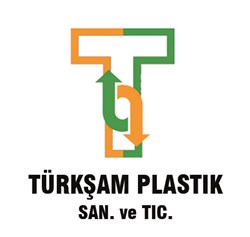ABS
ABS is derived from acrylonitrile, butadiene, and styrene. Acrylonitrile is a synthetic monomer produced from propylene and ammonia; butadiene is a petroleum hydrocarbon obtained from the C4 fraction of steam cracking; styrene monomer is made by dehydrogenation of ethyl benzene — a hydrocarbon obtained in the reaction of ethylene and benzene.
ABS’s light weight and ability to be injection molded and extruded make it useful in manufacturing products such as drain-waste-vent (DWV) pipesystems, musical instruments (recorders, plastic clarinets, and piano movements), golf club heads (because of its good shock absorbance), automotive trim components, automotive bumper bars, medical devices for blood access, enclosures for electrical and electronic assemblies, protective headgear, whitewater canoes, buffer edging for furniture and joinery panels, luggage and protective carrying cases, small kitchen appliances, and toys, including Lego and Kre-O bricks. Household and consumer goods are the major applications of ABS. Keyboard keycaps are commonly made out of ABS.

ABS N50

HM0560

HR0370

HR2320

HR2340

SD0140

SD0150

SD0152

SH0150

SV0157

